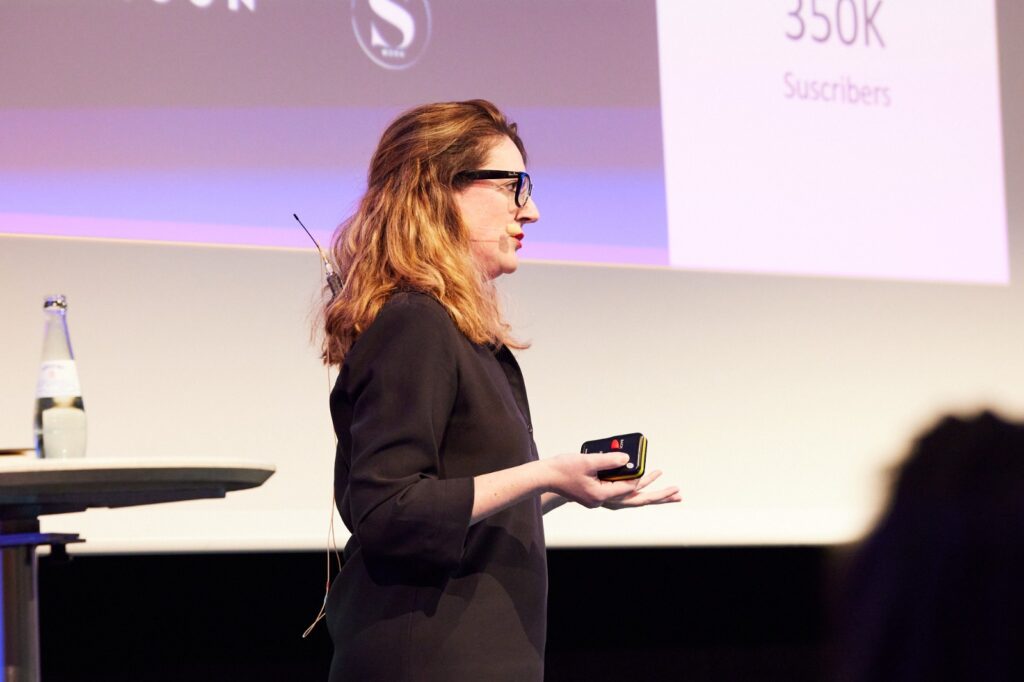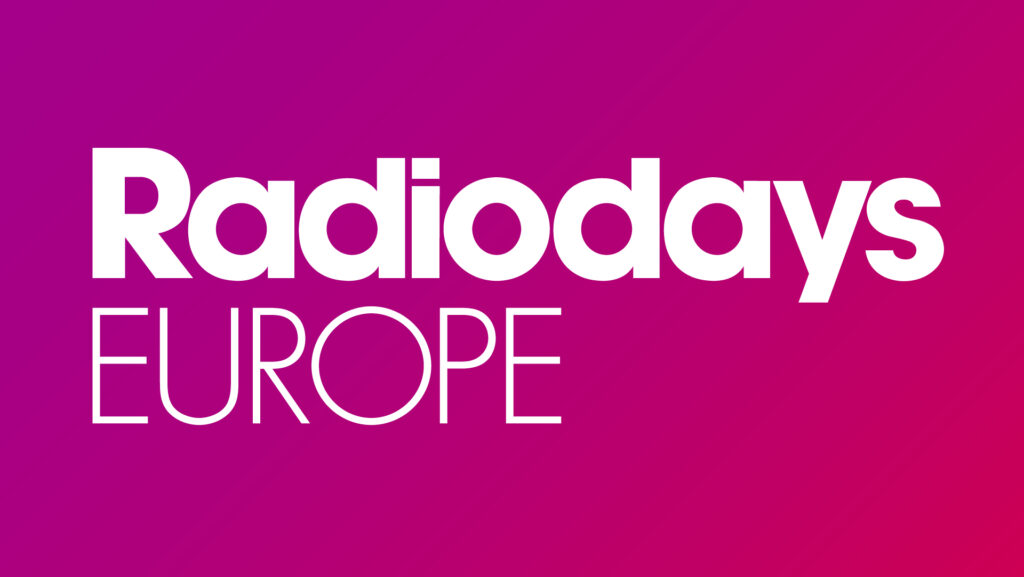Olle Zachrison revisits already existing tools used at Sverige Radio, such as the editorial algorithm integrated in the stations’ app, providing digestible and personalizable news, but also already established transcription and translation tools.
Indispensable journalistic tools for engaging the audience can be elevated to a different level by AI, which enables human workforces to redirect their focus toward more intricate and engaging facets of their craft.
In navigating the realm of AI journalism, Zachrison underscores the importance of addressing potential pitfalls and aligning with audience expectations. Paramount among these considerations are the risks of factual inaccuracies, the imperative of transparency, and the necessity for human oversight, particularly in the realm of deep fakes. Despite these challenges, strides have been made in content verification, offering a glimmer of hope amidst the complexities.
Joining on stage, Ana Ormachea introduces VerificAudio, a tool designed to combat fake audio content, with further developments on the horizon to address additional formats. As deep fakes unfortunately are a new reality for journalism, especially looking at the crucial 2024 elections, “a new front opens for the audio world in the fight against misinformation”.
Nicky Birch, representing the BBC, elaborates on the editorial guidelines governing the utilization of Generative AI, emphasizing the imperatives of transparency, accountability, and adherence to editorial standards. The adaptation of guidelines and training protocols to accommodate evolving software is recognized as an ongoing imperative.
There is a collective acknowledgment of AI’s capacity to enhance content value and streamline operational workflows. However, a note of caution pervades these discussions, emphasizing the importance of judicious and principled integration to safeguard journalistic integrity and public trust.



